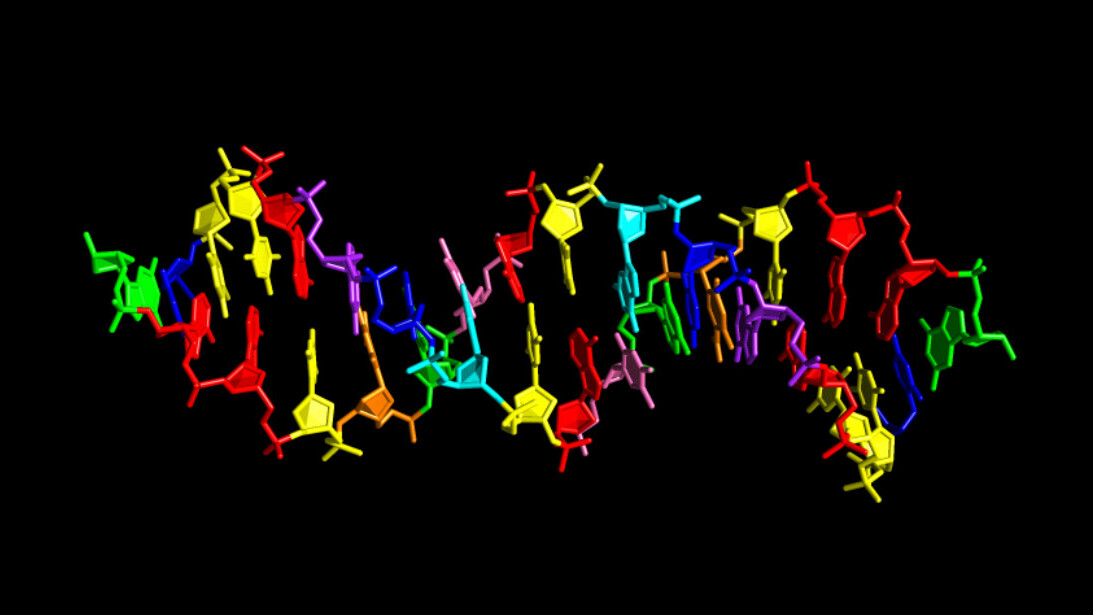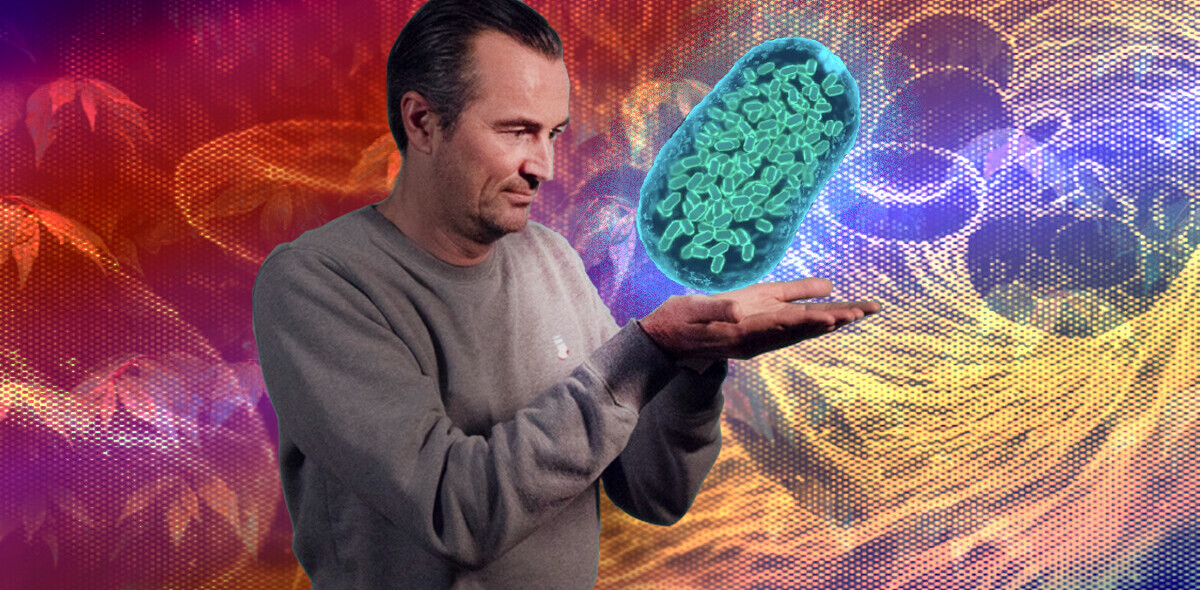
It has been more than 65 years since James Watson and Francis Crick, working with Rosalind Franklin and Maurice Wilkins discovered that DNA – the basic chemical information code of all life forms – has a double helical structure that played an important role in its function.
Since then, astrobiologists have tried to conjure up the myriad forms and shapes in which life could be found on other planets. And a significant part of that imagination requires figuring out the permutations and combinations in which DNA could be assembled in such extraterrestrial organisms, as opposed to those found in living beings on earth.
In a monumental achievement on this journey, scientists funded by NASA and led by the Foundation for Applied Molecular Evolution in the US have synthesized a new stable version of DNA with eight base molecules, compared to the form containing four found on earth.
Traditionally, DNA’s stable molecular structure is maintained by the chemical bonding between its base molecules Adenine, Guanine, Thymine, and Cytosine. And between these bases, represented by the letters as A, G, T, and C respectively, chemical bonding occurs only between A and T, and G and C, leading to the complex double helical structure of DNA.
Scientists have discovered over the years that these bases can form double helical structures in one of the three forms – A, B or Z. While the B form is most common, A and Z types have also occasionally been found, with the helices being left-handed in the Z form.
Even in these forms, the bases and their pairing configuration has remained the same. The exclusivity in this bonding plays a major role in the stability of the DNA molecule, and hence is one of the fundamental reasons why all forms of life on earth exist today. But according to project leader Steven Benner, there could have been more forms to the building block of our genetic code.
The bases not only play a structural role, but also encode the information on what molecules an organism can produce within its body. In each cell, there are mechanisms to read the DNA bases, and correspondingly produce molecules that are assembled into different structures. It is like workers in a factory reading the source file for an automobile’s design – which is like the DNA – to assemble the different parts that make up a car.
The version synthesized by Benner’s team is called Hachimoji DNA; Hachi means eight in Japanese and moji translates to ‘letter.’ The synthetic DNA has the four traditional bases, and four unnatural bases, including a pair named S and B, and another called P and Z. This means that there’s a possibility to code more defined information with the eight bases, than traditionally possible with just A, T, G, and C.
This study is remarkable to me because it has proved that there is nothing particularly unique about the DNA found on Earth, and that there could be other stable forms in the universe that have different combinations of other molecules. Benner’s creation also raises a question about whether life could have taken a different path here on Earth with an eight base DNA.
Science writer Carl Zimmer has produced an engaging and detailed account of the significance of this study for The New York Times.
The article explores how the study was carried out, and if you are interested in checking out the properties of the newly synthesized bases, Zimmer’s piece is worth a read.
TNW Conference 2019 is coming! Check out our glorious new location, inspiring line-up of speakers and activities, and how to be a part of this annual tech bonanza by clicking here.
Get the TNW newsletter
Get the most important tech news in your inbox each week.





